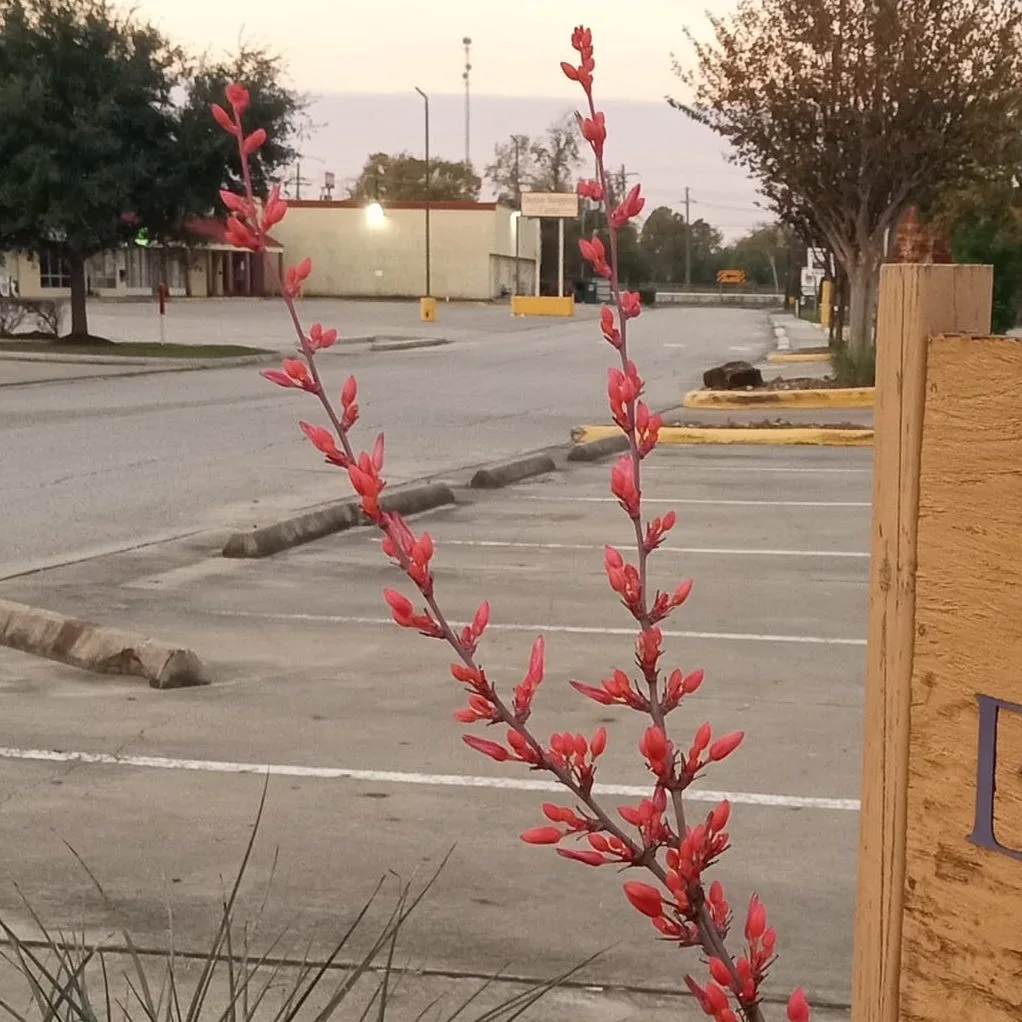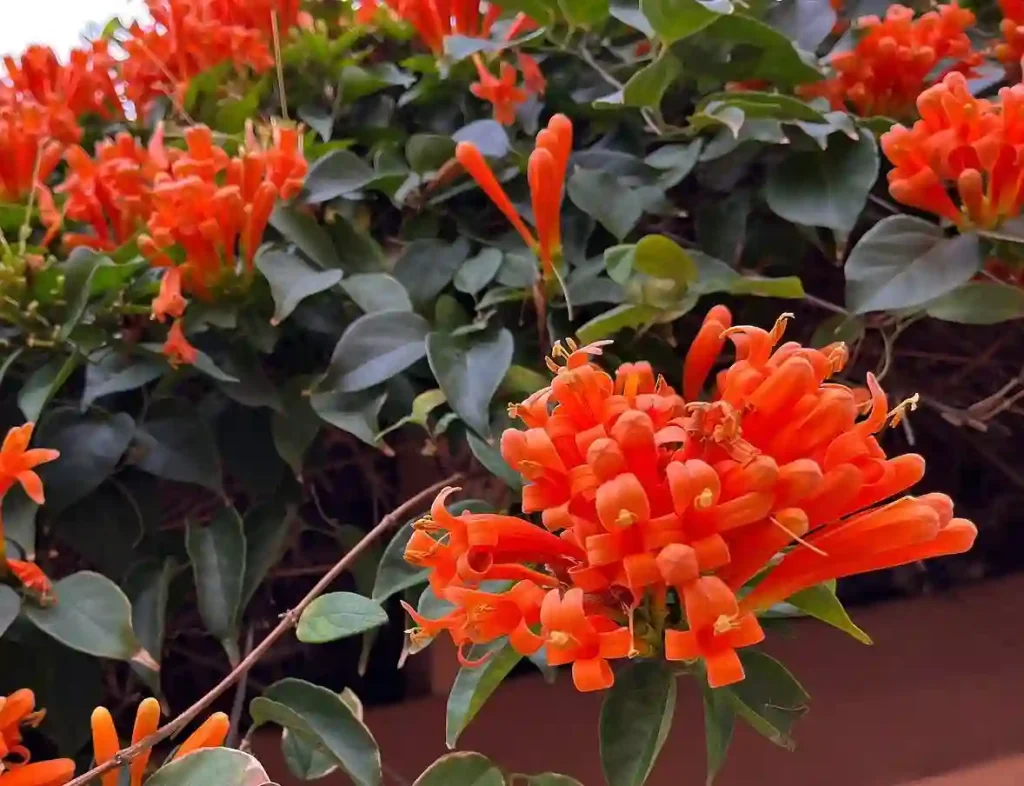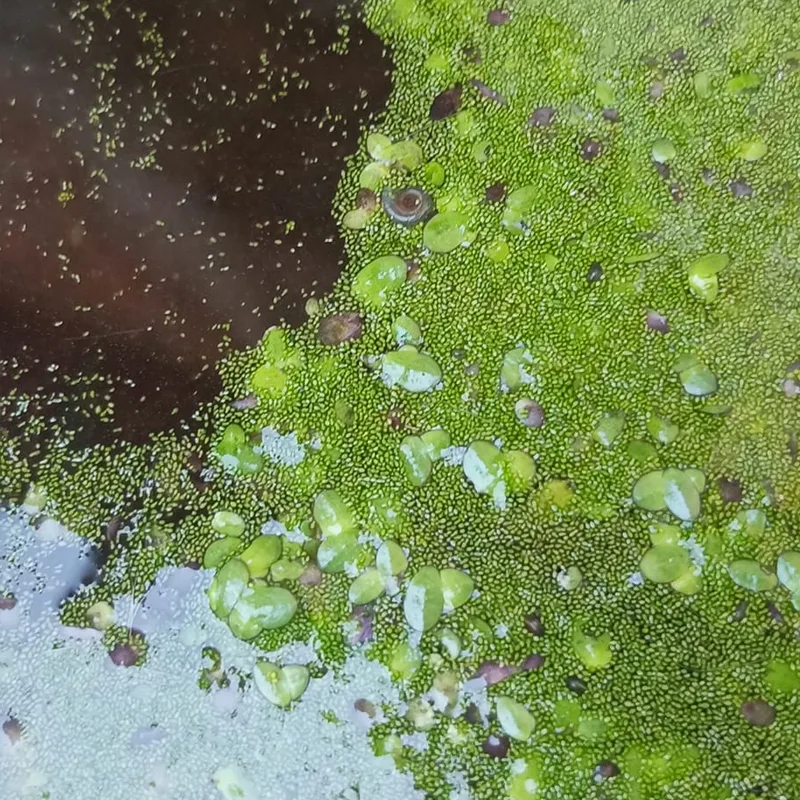All About Rubus Pubescens: The Delicate Dwarf Raspberry
I’m Ferb Vu, and I’m here to answer your questions about Rubus Pubescens, also known as the dwarf raspberry or dwarf red blackberry. This little wildflower packs a punch of charm, despite its size.
1556 Species in Genus Rubus
What is Rubus Pubescens?
Rubus Pubescens is a herbaceous perennial native to North America. It thrives in moist woodlands across Canada and the northern United States, stretching from Alaska to Newfoundland and south to Oregon, Colorado, and West Virginia. Unlike its brambly cousins, Rubus Pubescens lacks thorns and boasts smooth, trailing stems that can reach up to eight feet long.
Identifying Rubus Pubescens
Keep an eye out for these characteristics when searching for Rubus Pubescens in the wild:
- Flowers: Look for delicate white or light pink flowers with five narrow petals. These typically bloom in clusters of one to three at the tips of new stems or from upper leaf axils, measuring around a third to half an inch across.
- Leaves: The leaves are divided into three coarsely toothed leaflets with a slightly hairy underside.
- Fruit: The star of the show! Rubus Pubescens produces small, red, edible berries. However, be warned – they can be quite tart and have minimal flesh compared to their cultivated raspberry relatives.
Lookalikes: New to the plant world? Rubus Pubescens can be confused with its close cousin, the Red Raspberry (Rubus idaeus). Here’s a quick tip: Red Raspberries have woody, upright stems with prickles, while Rubus Pubescens boasts smooth, trailing stems.
Is Rubus Pubescens Edible?
Yes, the berries of Rubus Pubescens are technically edible. But be prepared for a pucker-inducing experience! Their tartness and lack of substantial flesh make them less than ideal for fresh eating. However, some adventurous foragers use them for jams, jellies, or syrups, where the tartness can be balanced with sugar.
Word of Caution: Always ensure proper identification before consuming any wild plant.
Uses for Rubus Pubescens
While the culinary value might be limited, Rubus Pubescens offers other benefits:
- Ornamental: This charming wildflower thrives in shady areas with moist, rich soil. Its trailing stems and delicate flowers make it a beautiful groundcover for northern gardens.
- Wildlife: Birds and butterflies find Rubus Pubescens irresistible. The flowers attract pollinators, while the berries provide a tasty snack for feathered friends.
Rubus Pubescens vs. Red Raspberry: A Side-by-Side Comparison
| Feature | Rubus Pubescens (Dwarf Raspberry) | Red Raspberry (Rubus idaeus) |
|---|---|---|
| Stems | Smooth, trailing, no thorns | Woody, upright, with prickles |
| Leaves | Divided into three coarsely toothed leaflets, slightly hairy underside | Divided into three finely toothed leaflets, smooth underside |
| Flowers | White or light pink, 1-3 per cluster, ⅓-½ inch wide | White, clusters of several flowers, up to 1 inch wide |
| Fruit | Small, red, tart berries, minimal flesh | Larger, red, sweet and juicy berries |
| Uses | Ornamental, wildlife food (with caution) | Culinary (fresh eating, jams, etc.) |
Habitat: Both plants prefer moist, shady areas, but Rubus Pubescens tolerates a wider range of soil conditions.
Growing Rubus Pubescens
If you’d like to introduce Rubus Pubescens to your garden, consider these tips:
- Planting: Choose a location with moist, well-drained soil in partial shade.
- Propagation: You can sow seeds in the fall or divide existing clumps in early spring.
- Care: Water regularly, especially during dry periods. Mulch around the base of the plant to retain moisture and suppress weeds.
Remember: While Rubus Pubescens is not aggressive, its trailing stems can spread. Consider planting it in a contained area if space is limited.
Conclusion: The Delights of the Dwarf Raspberry
Rubus Pubescens might not be the star of the fruit basket, but its delicate beauty and ecological value make it a worthy addition to any shade garden. So, keep your eyes peeled for this charming wildflower on your next nature walk, and appreciate its unique place in the plant kingdom.
If i die, water my plants!



